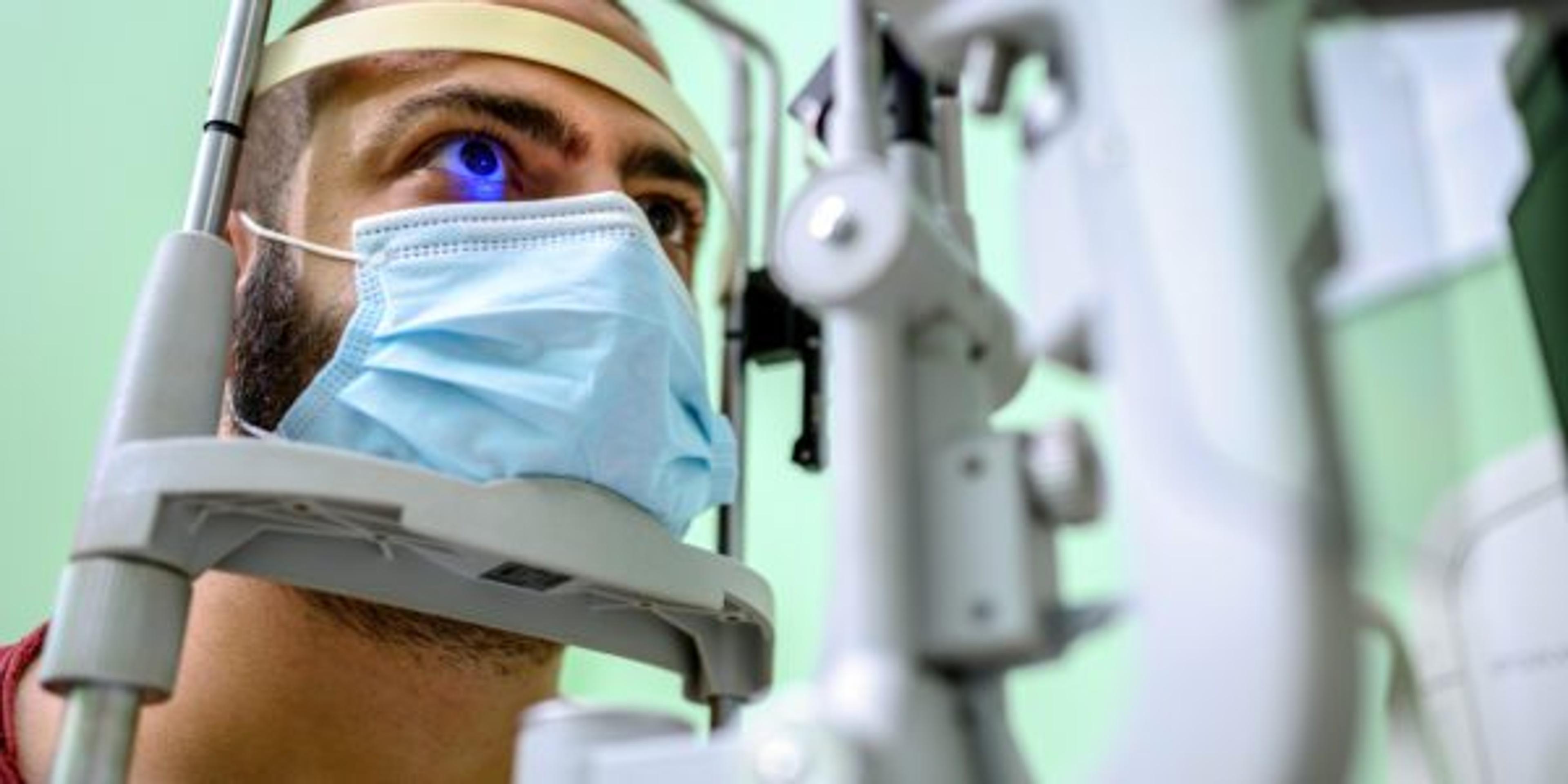What You Need to Know About Preventing Glaucoma
Shandra Martinez
| 3 min read

Most of us do everyday things that protect our eyes. We wear sunglasses when we head outside. We eat nutritious foods help keep our whole body healthy, including our eyes. But knowing how to protect ourselves from glaucoma is also important. This type of eye disease is often called a silent thief by healthcare professionals because it can steal a person’s eyesight in stages. Often, there are no early indicators there might be a problem. We’ll share what you need to know about preventing glaucoma, and what symptoms to watch for.
Glaucoma is actually a group of diseases. All the diseases cause damage to the eye’s optic nerve. They occur when fluid builds up in part of the eye instead of draining properly. This fluid puts pressure on the eye’s optic nerve, and this pressure then affects a person’s vision. People who have glaucoma might complain about “spotty” vision or blind spots. It can ultimately cause vision loss, according to the Centers for Disease Control and Prevention. In the United States, more than 3 million people have been diagnosed with glaucoma. While there is no cure, some people can be treated with prescription eye drops. Surgery is another option.
Higher-risk populations. Some people have a greater risk of developing glaucoma than others. According to the CDC, these groups have an elevated risk:
- Black people over the age of 40; They are six to eight times more likely to develop glaucoma than white people.
- Anyone 60 or older.
- People with a family history of glaucoma.
- People who have diabetes. They are twice as likely to develop glaucoma as people who do not have diabetes.
- One type of glaucoma – open angle glaucoma – is hereditary. If someone in your family has been diagnosed with this, talk to your doctor.
Early symptoms. While glaucoma sometimes has very few early warning signs, there are some things you can watch for, according to the Mayo Clinic. If you are experiencing any of these, talk to your healthcare provider:
- Patchy blind spots in your peripheral or central vision. This can be in one or both eyes.
- Tunnel vision Severe headaches.
- Eye pain Blurred vision.
- Seeing “halos” around lights.
- Nausea and vomiting.
Prevention. Healthy lifestyle habits and preventative health care can help keep glaucoma at bay. Whether you are in a group at high risk for glaucoma or not, schedule a comprehensive dilated eye exam by the age of 40. It can help your healthcare providers detect the early stages of glaucoma or other eye diseases. Other things you can do to reduce your risk of getting glaucoma include:
- Maintain a healthy weight.
- Control your blood pressure.
- Get regular exercise.
- Avoid smoking.
Related:
Photo credit: Getty Images





